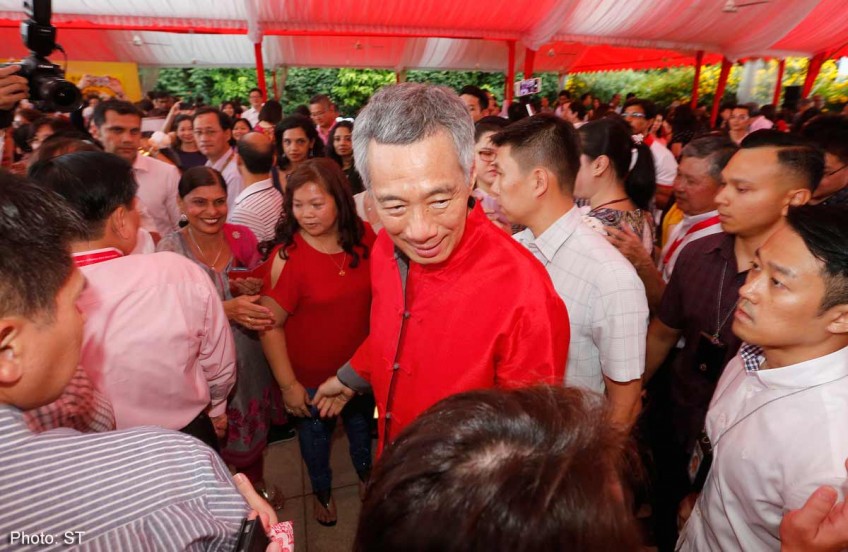Singapore Govt moving left? Let's set the context right

You'd think everyone were a Beyonce fan, the way lawmakers have been saying "to the left, to the left" in Parliament.
One speaker - Alex Yam of Chua Chu Kang GRC - even spoke-sang the song in his speech on Wednesday, the second day of the Budget debate.
Members of Parliament (MPs) have been referring, of course, to this year's Budget. With its efforts to mitigate inequality and redistribute more wealth, Budget 2015 is seen as yet another step to the left by the Singapore government.
As much as MPs have applauded the leftward shift - some even calling for greater progressivity in the tax system - they have also spent an inordinate amount of time fretting about higher social spending.
Much of the anxiety has centred around whether Singapore should continue to ramp up public expenditure at such a rapid pace; others have asked where the optimal point of balance can be found.
More than a few MPs have referenced the welfare systems of European countries, warning that Singapore could one day go down the road of Greece, should persistent Budget deficits continue to emerge.
But is all the hand-wringing really necessary?
In reality, Singapore is far from being on the verge of becoming a welfare state.
Yes, social expenditure as a percentage of GDP has been rising in recent years - from 6.2 per cent in FY2009 to 8 per cent in FY2015, according to latest numbers from the Ministry of Finance (MOF).
But compare this with other countries, and it becomes clear that Singapore is not even near the middle-ground - in fact, it probably has some way to go.
In most OECD countries, total net social spending is around 20-25 per cent of GDP.
The addition of Temasek into the net investment returns (NIR) framework has also caused some consternation, with numerous calls for fiscal prudence.
Some MPs asked if Singapore's reserves can cope with future spending needs; others have warned against setting up unrealistic expectations such that the reserves are eventually depleted.
Again, the context has to be set right. It's important to note that the government isn't financing its heightened spending by tapping on past reserves - FY2015's S$6.7 billion deficit is being funded by the surpluses accumulated by the current term of the government.
In fact, the government can't draw on past reserves to help pay for Budget expenditure, unless it gets the President's approval. The last and only time this happened was in 2009, when former president SR Nathan approved a S$4.9 billion drawdown during the global financial crisis.
And with the recession turning out milder than initially feared, the government used just S$4 billion - which it returned in 2011.
Under the NIR framework, the government can only spend up to 50 per cent of the total expected returns of all three investment entities - Temasek, GIC, and the Monetary Authority of Singapore (MAS).
Also, if the government's assets fall short of its liabilities, there can be no contribution from the investment returns on reserves in the Budget.
Amid the passionate calls for fiscal prudence and sustainability, it's worth remembering two other points.
First, Singapore has never failed to balance its budget within each term of government.
Second, land sales revenue is not included in the Budget statement, despite it being viewed by many as a potential pool of money for expenditure. Under the Constitution, state land and revenues from land sales form part of Singapore's past reserves - it is not available for spending.
If all of this isn't prudent, then what is?
Certainly, it's important to uphold principles of fiscal prudence, to interrogate heightened public expenditure, to hold the government to account. These are things Singaporeans hope and expect their parliamentarians to continue doing.
But MPs also have a duty to put things in context.
Where does Singapore stand in comparison to the rest of the world, and in comparison to its past?
After all, while it may seem that the government is now making broad strides to the left, perhaps this is only so because it has - and for so long - been seen sitting closer to the right.
kellytay@sph.com.sg

This article was first published on March 5, 2015.
Get The Business Times for more stories.